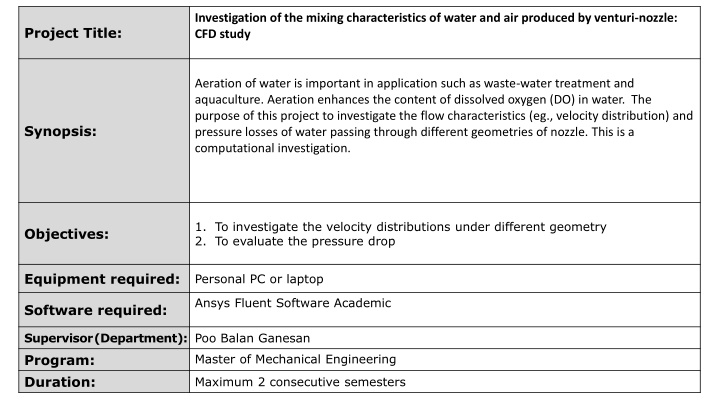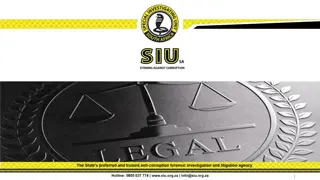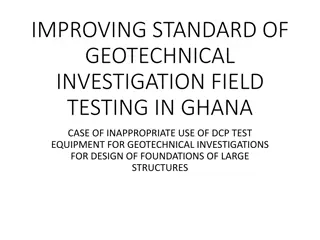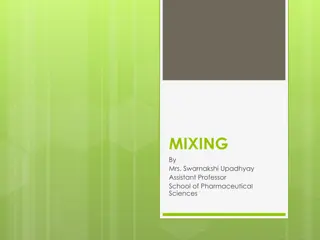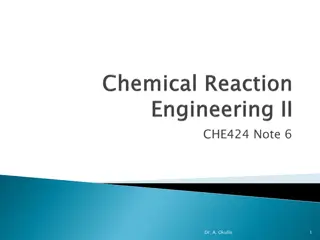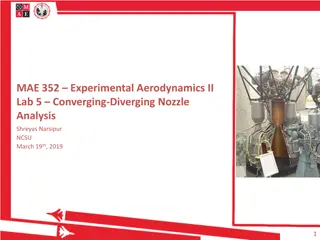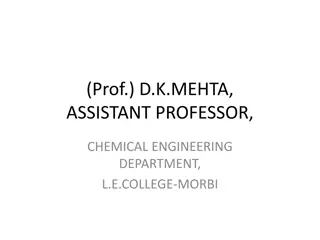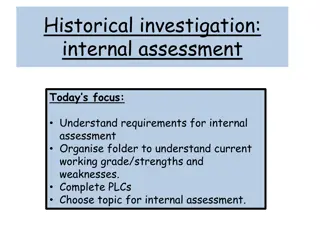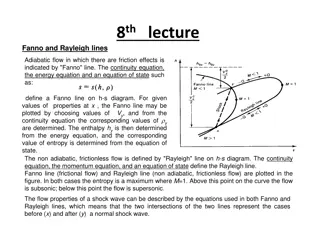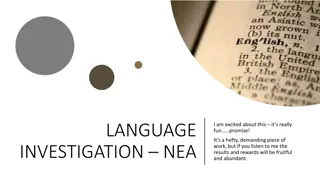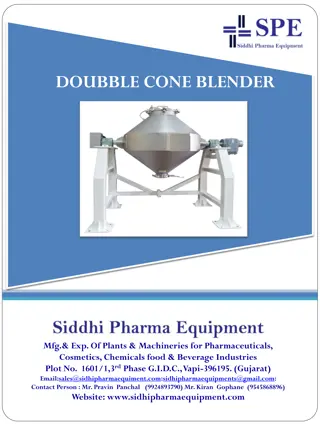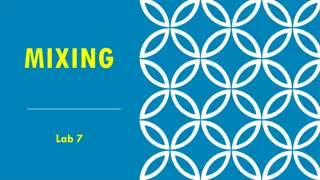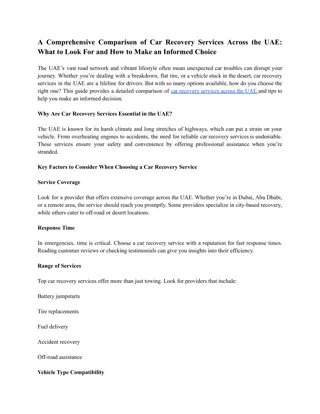Investigation of Mixing Characteristics in Venturi Nozzle
A project exploring water and air mixing using CFD analysis to enhance dissolved oxygen content. Investigations on flow characteristics, velocity distribution, and pressure losses through various nozzle geometries are conducted.
Download Presentation

Please find below an Image/Link to download the presentation.
The content on the website is provided AS IS for your information and personal use only. It may not be sold, licensed, or shared on other websites without obtaining consent from the author.If you encounter any issues during the download, it is possible that the publisher has removed the file from their server.
You are allowed to download the files provided on this website for personal or commercial use, subject to the condition that they are used lawfully. All files are the property of their respective owners.
The content on the website is provided AS IS for your information and personal use only. It may not be sold, licensed, or shared on other websites without obtaining consent from the author.
E N D
Presentation Transcript
Investigation of the mixing characteristics of water and air produced by venturi-nozzle: CFD study Project Title: Aeration of water is important in application such as waste-water treatment and aquaculture. Aeration enhances the content of dissolved oxygen (DO) in water. The purpose of this project to investigate the flow characteristics (eg., velocity distribution) and pressure losses of water passing through different geometries of nozzle. This is a computational investigation. Synopsis: 1. To investigate the velocity distributions under different geometry 2. To evaluate the pressure drop Objectives: Equipment required: Personal PC or laptop Ansys Fluent Software Academic Software required: Supervisor(Department): Poo Balan Ganesan Program: Duration: Master of Mechanical Engineering Maximum 2 consecutive semesters
Investigation of heat transfer characteristics of a compact heat-exchanger: Experimental study Project Title: A heat exchanger based on open-type metal foam structure (a product) and the mini-wind tunnel have been developed in-house. You will carry out various experimental investigations to evaluate the performance of the heat-exchanger based on pressure drop and heat transfer coefficient. If needed, some modification to the heat exchanger will be done. Synopsis: 1. To investigate the heat transfer characteristic enhancement 2. To evaluate the pressure drop Objectives: Equipment required: Powder metallurgy facilities, thermal conductivity meter Software required: - Supervisor(Department): Poo Balan Ganesan Program: Duration: Master of Mechanical Engineering Maximum 2 consecutive semesters
Development of composite material Aluminium (Al) and Graphene (Gr) fins : Powder metallurgy Experimental study Project Title: Aluminium sheet is used as heat exchanger fins. The idea of this project to enhance the conductivity of aluminium sheet through composite material of Al + Graphene. Graphene is a high conductivity nano-material. Synopsis: 1. To develop a composite material of Aluminium and Graphene through power metallurgy technique 2. To evaluate the conductivity enhancement of the developed material Objectives: Equipment required: Mini wind-tunnel, flow meter (available at the lab) Software required: - Supervisor(Department): Poo Balan Ganesan Program: Duration: Master of Mechanical Engineering Maximum 2 consecutive semesters
Project Title: Hydro-echo-acoustic Model to Categorize Fish Behavior : Experimental study Aquaculture is a fast-growing food production system and provides a strategic solution in addressing food security challenges. This project is about developing a method of characterizing and modelling of fish behavior during feeding and non-feeding period. This project will investigate the means of an acoustic technique (echo-sounder, sound wave, sonar method) in order to model and characterize fish behavior. Synopsis: 1. To develop a model (prototyping) for acoustic data collection from an aquarium 2. To carry out sound-signal processing and analysis 3. To characterize acoustic signal collected from tanks for fish behavior during feeding and non-feeding period Student are expected to develop a model (small lab-scale) setup based on small aquarium (provided by me), an Arduino based ultrasonic sensor/echo sounder with emitter and receiver (about RM 50), Arduino board DIY (RM 150). The idea is to develop an prototype model and to decribe and to characterize the signal into models of fish behaviour during feeding and non-feeding. Objectives: Equipment required: Software required: - Supervisor(Department): Poo Balan Ganesan Program: Master of Mechanical Engineering
